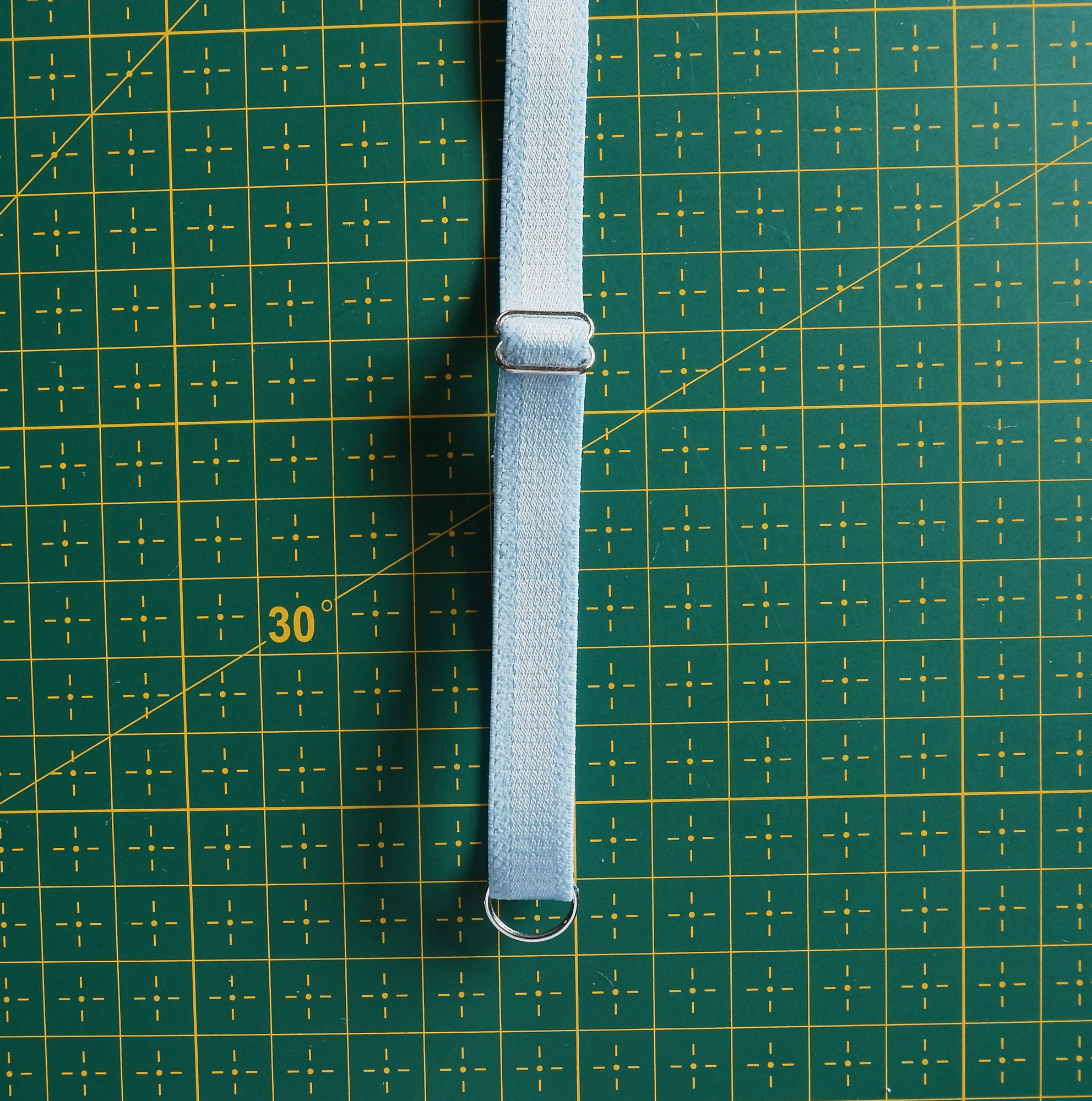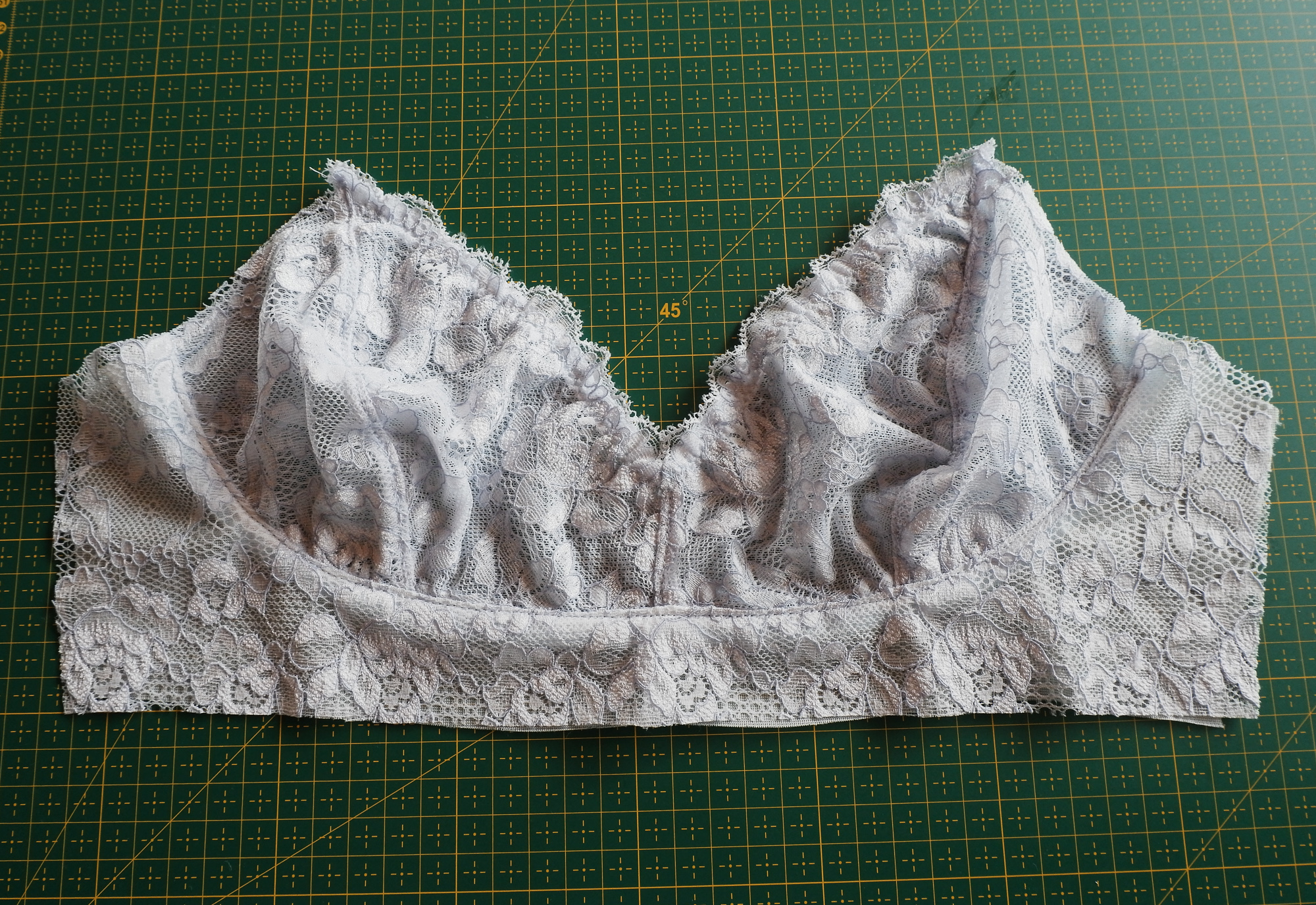Hola, os presento mi nuevo patrón braguita Vera! Es un patrón con el corte bikini y viene en tres versiones, uno para punto y dos para encajes.
Hey, here’s my newest pantie pattern: meet the Vera panties! It’s a bikini/brief cut pattern that comes in three versions, one for stretch knit fabrics and two for stretch lace.
Hace tiempo que quería publicar un patrón con este corte ya que era lo que faltaba entre los patrones de braguitas que tengo disponibles. Aparte de así tener una variedad de cortes para todos los gustos para gente que cose en casa, también puedo ofrecer a las que asisten a mis cursos de lencería la mayor variedad.
It was about time to publish this style as it was missing from my pantie pattern collection. Apart from making patterns for people who sew at home I also teach lingerie sewing classes so now there’s one more style they can choose when they attend the classes.
La versión 1 es la más básica: se hace con telas de punto con elastano y la cinturilla y las aberturas de piernas están rematadas con elásticos de lencería. Puedes usar cualquier tela de punto que sea elástica y no muy gruesa, mis favoritos son puntos de viscosa ya que son de grosor fino y el tejido es respirable. Es también buena oportunidad de aprovechar los típicos cortes pequeños que quedan de los proyectos de camisetas etc. Si quieres probar coser braguitas por primera vez, esta versión es lo mejor para empezar y así aprendes lo básico (ya sabes que como de costumbre mis patrones vienen con instrucciones muy detalladas, tienen fotos con texto explicativo sobre cada paso que tienes que hacer). Si necesitas elástico de lencería puedes mirar en esta sección de mi tienda que hay varios colores y tipos.
Version1 is the very basic pantie: it’s sewn with knit fabrics (with spandex for more comfort) and the waist and the leg openings are finished with lingerie elastic. You can use whatever light weight knit fabrics with stretch in them, my favourites are viscose knits as they are light weight and breathable. Sewing panties is also the perfect occasion to use up scraps of fabric from t-shirt projects etc. If you’re new to sewing lingerie, this version is perfect for starting out and learning the very basics (as always my patterns come with step by step instructions full of photos and text about each step you have to follow in order to finish a pretty pair of panties). If you need narrow lingerie elastics for panties you can check out this section of my shop for various colors and types.
La versión 2 se cose con encaje elástico y queda muy bonito con el borde de la puntilla en las aberturas de las piernas. Las piezas de encaje se juntan en el centro delantero creando un diseño diferente! Este diseño es similar a la versión de encaje de las braguitas Stella pero el corte es diferente ya que está adaptado al corte bikini, cubriendo menos en la parte de la pierna.
Version 2 is made with stretch lace and the scalloped lace edge looks very pretty on the leg openings. The front lace pieces are joined on the center front in a special way that creates as a result a unique design element! This design is similar to the Stella panties pattern in the lace version but this time the same style is drafted for a bikini style with a higher leg opeing.
La versión 3 es algo distinto, también se cose con encajes elásticos pero tiene un bonito detalle de elástico de tirante en la parte de los costados. Era un diseño que quería añadir a los dos previos ya que me parece muy fácil de hacer y el resultado es diferente aunque el corte en sí es lo mismo que la base. Además este estilo lleva bastante poco material así que es ideal para hacer conjuntos con los bralettes y sujetadores. Aparte de los materiales que normalmente necesitas para coser un par de braguitas, tienes que tener 4 arandelas y 2 reguladores y 0,4m de elástico de tirante. Si los quieres comprar aparte tienes diferentes variedades en mi tienda en las secciones de tirantes y de arandelas y reguladores.
Version 3 is different, it’s also made with stretch lace but it has a beautiful strap elastic detail on the sides. I really wanted to add this style as one of the versions as it’s easy to make and the result is completely different altough it’s based on the same pattern block. Also this version can be made with a little amount of supplies so it will be a great scrap buster to sew up panties that match with your handmade bras and bralettes. Apart from the usual supplies you need for sewing panties this version also uses 0,4 m of stap elastic and 2 sliders + 4 rings. If you want to get them from my shop you can check out this section for strap elastics and this one for rings and sliders.
Como siempre tienes en la tienda los kits específicos para coser braguitas, vienen con material suficiente para coserte un par de braguitas de punto y otro de encaje. En el caso de querer coser la versión 3 de este patrón Vera puedes escribirme en los comentarios de la compra y te añado los materiales que necesitas: el tirante y las arandelas y los reguladores.
También tienes la opción de comprar directamente el patrón Vera + kit de braguitas, es la versión más económica! En este caso como siempre, cuando lo compras me dices allí qué kit quieres y yo te mando el patrón a tu correo.
As always there are specific pantie making kits in the shop that include enough supplies to make one pair of knit and one pair of lace panties. In case you want to sew the 3rd version of Vera panties you can leave me a comment so I will add the strap elastic and rings + sliders you need.
You have also the option to buy the Vera panties pattern directly with a pantie kit, it’s also the cheapest option! In this case as always just leave me a comment about which kit you’d like to get and I will send you the pattern to your e-mail address.
También aprovecho para recordaros que aquí en los archivos del blog tenéis varios tutoriales y posts de inspiración para hacer tooodas las variaciones de braguitas que querías. Primero podéis ver los posts de inspiración para las braguitas Stella y Mia que os sirven perfectamente también para este patrón.
I't’s also a good time to remind you that there are several inspiration posts and tutorials about pantie sewing here at the blog archives so you can make allll the variations you want. First you can check out the inspiration posts about Stella and Mia pantie patterns, both of these are great for this pattern too.
Y luego tenéis tutoriales para:
coser con bies elástico FOE (lo puedes comprar aquí)
usar puntillas elásticas estrechas para las aberturas de las piernas (las puedes comprar aquí)
cómo usar encajes para añadir paneles diferentes con bordes de puntilla para las braguitas de punto
cómo usar trocitos de encaje para añadir un detalle bonito para las braguitas con telas de punto
And tehre are tutorials about:
how to sew with FOE (you can buy it here)
how to use narrow elastic lace trims for leg openings (you can buy them here)
how to add scalloped lace edge panels for knit panties
how to use lace scraps for a pretty details for knit panties
Espero que os guste el nuevo patrón! Ya sabéis que en mi cuenta de IG @studiocosturashop pongo un montón de fotos de lencería para que os animéis a probar a coserlo!!!
I hope you like the new pattern! As you know you can follow along on my IG account @studiocosturashop where I share customer makes, inspirational photos about lingerie and my own lingerie sewing process pics!































































































































